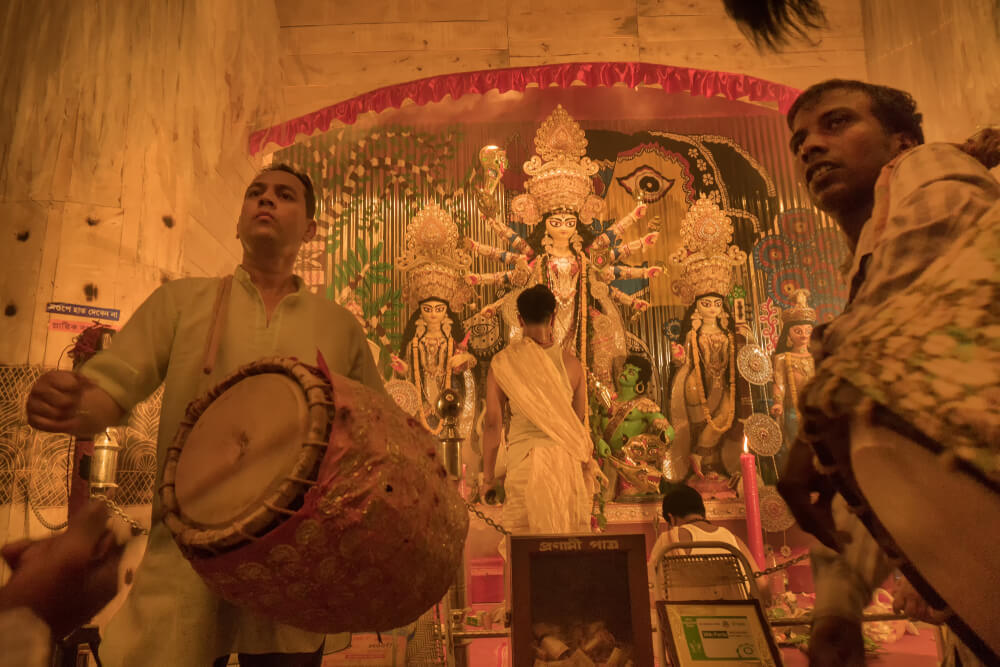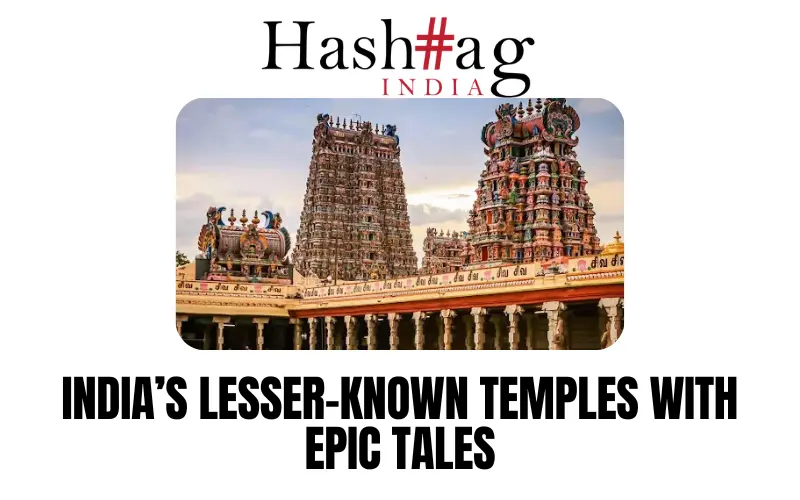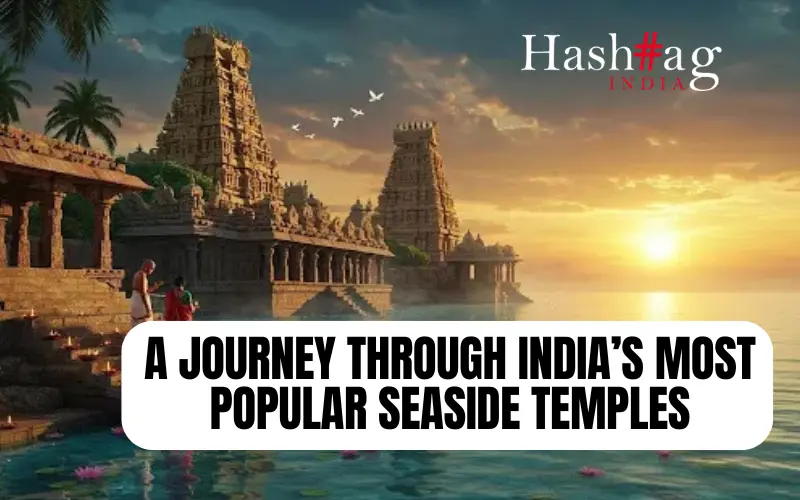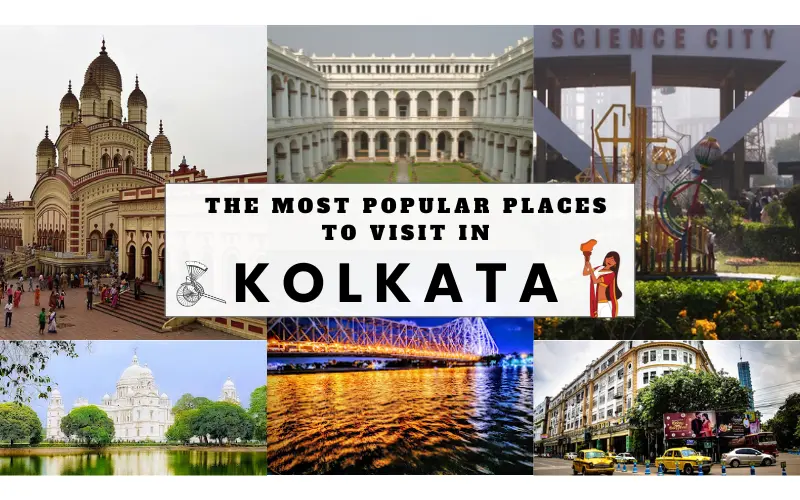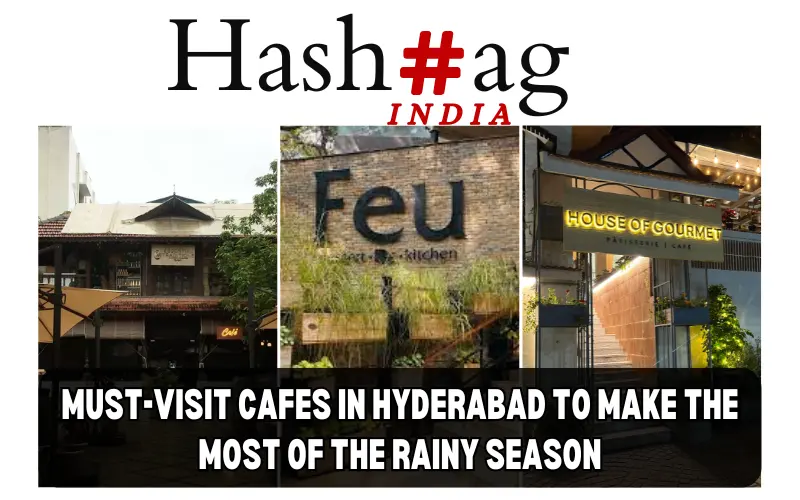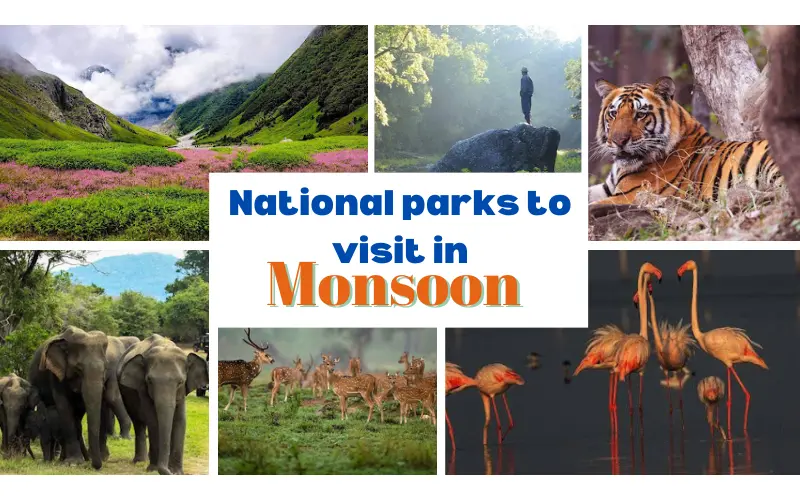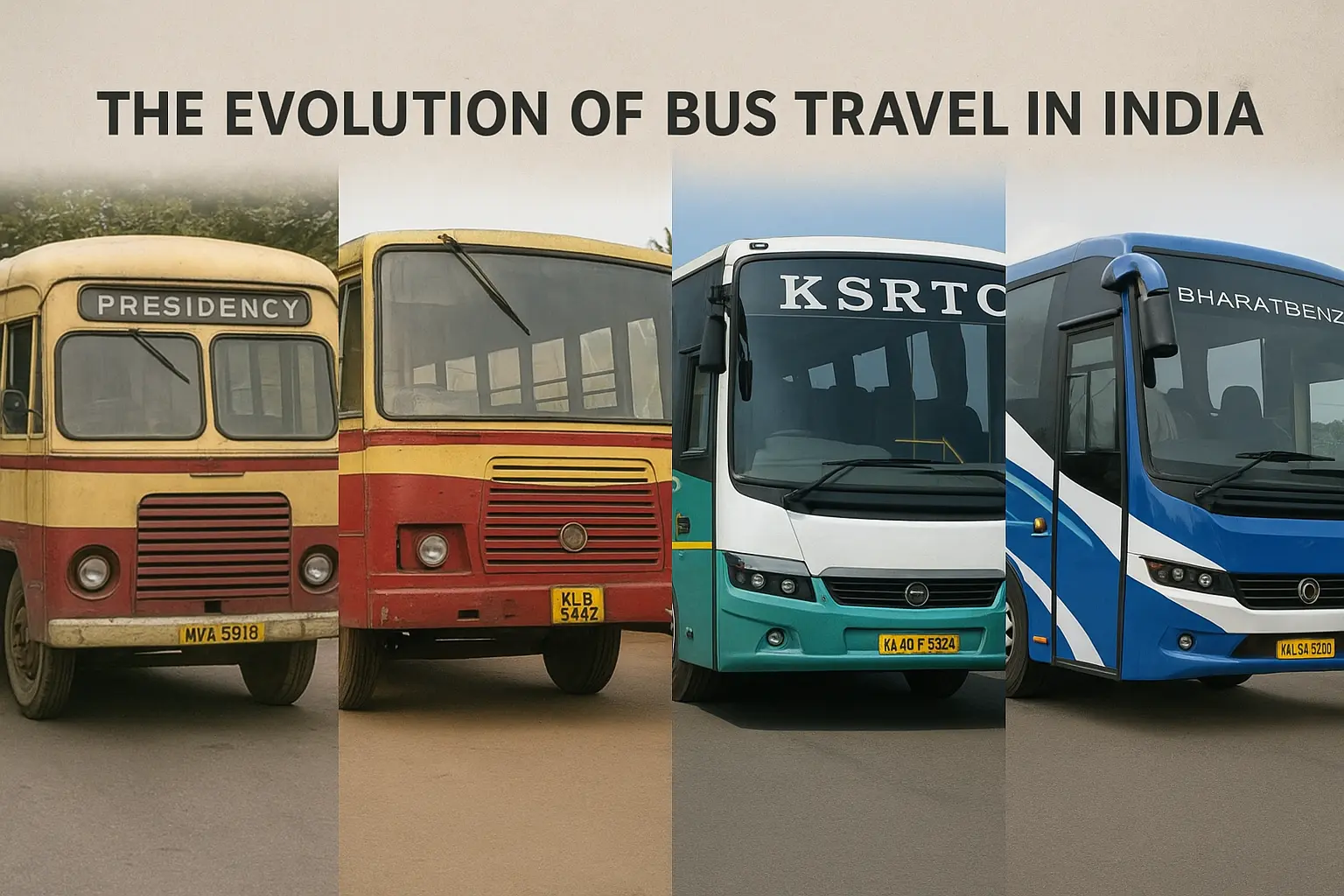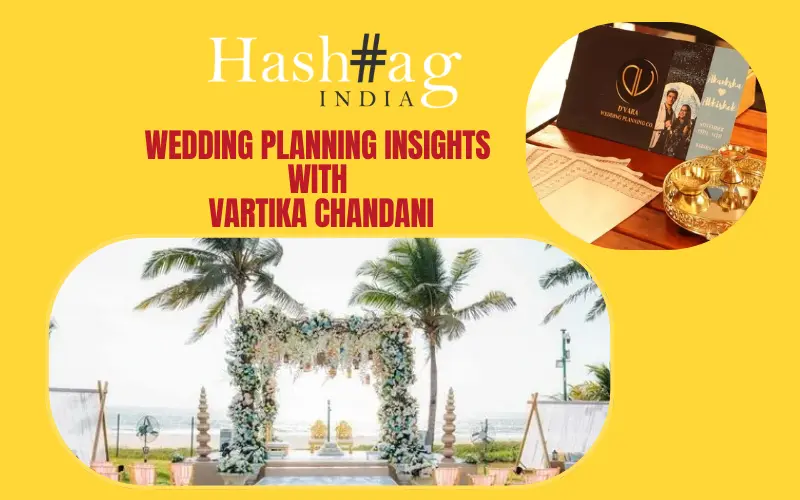The vibrant month of October is upon us, and so are the various festivals we eagerly wait for. RASHMI GOPAL RAO describes the diversity of India by showcasing how one festival is celebrated differently across 5 cities.
Dasara, or Dussehra, one of the most important festivals of India, is right around the corner. A festival that is celebrated with great pomp and fervour, Dasara is observed for a variety of reasons and is marked by a plethora of rituals which differ in different parts of the country. Here is a look at some cities in India where the ten-day festival is observed in a manner that is both grand and unique.
Mysore
Often referred to as the cultural capital of Karnataka, Mysore or Mysuru as it is known today is synonymous with its extravagant Dasara celebrations that lasts for ten days starting from the day after Mahalaya Amavasya. Locally called Nadda Habba, the history of the festivities date back to over 400 years and has been patronized by the Wodeyars, the royal dynasty which ruled Mysore from the 14th century to India’s independence. A slew of cultural events are planned across the cities’ famous landmarks like the Jaganmohan Palace, Town Hall, and the Kalamandir, all of which are decked up for the occasion.
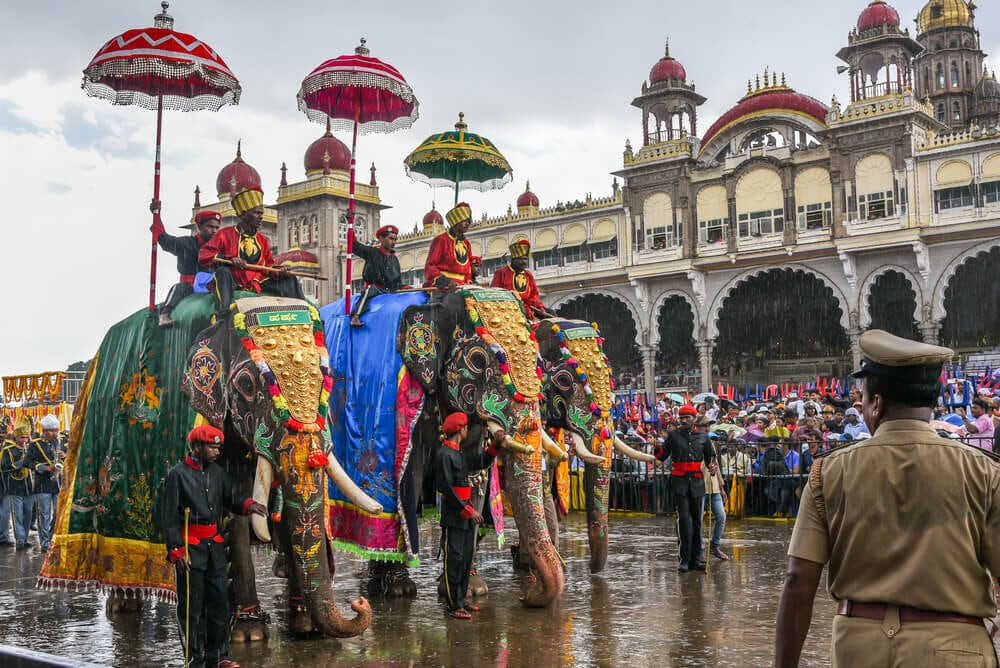
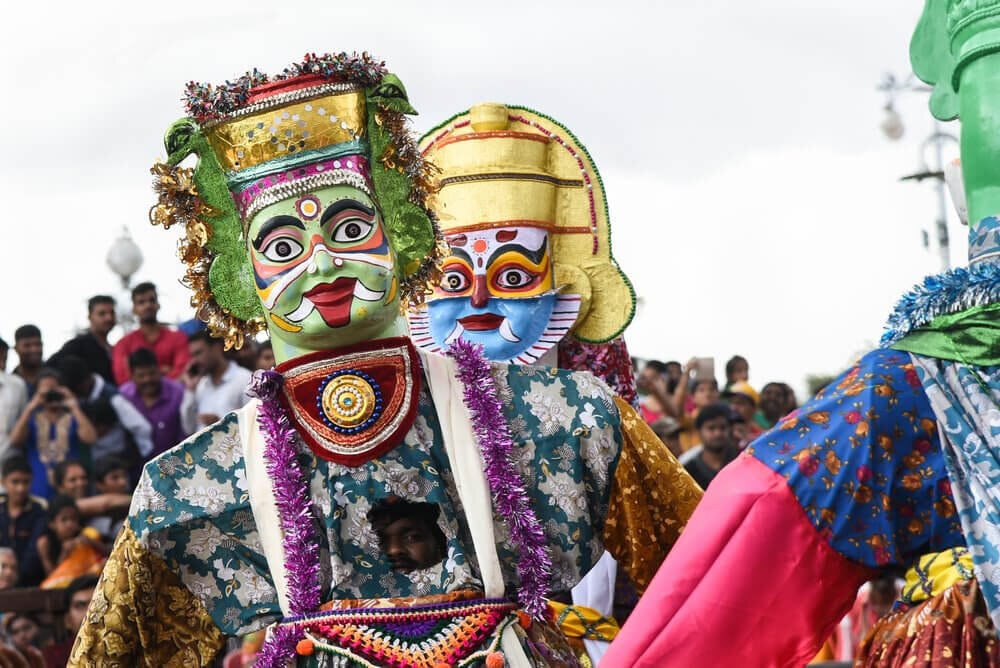
The beautiful Mysore Palace, royal residence to the Wodeyar family, is a sight to behold, with lights adorning the entire building during the festival. The highlight of the celebrations acts as a fitting finale – the jumbo savari or the Mysore Dasara procession – wherein trained elephants are adorned and carry the coveted idol of Goddess Chamundeshwari from the palace to Bannimantap. The idol is placed in a mantapa or enclosure that is made from gold and weighs a whopping 750 kg. The procession includes camels, horses, policemen, and music bands and is spectacular to say the least. The torchlight parade that follows is the last event of this grand festival.
Legends and Customs Galore…
Like most Hindu festivals, Dasara celebrates the victory of good over evil. In some regions, Vijayadashami is believed to be the day Lord Rama defeated the ten headed demon Ravana. In other regions, it is believed that Goddess Durga destroyed the demon Mahishasura on this day.In the South, the nine days preceding Vijayadashami are considered extremely auspicious. An arrangement of dolls called Gollu is displayed, and puja is offered on all ten days. Some places burn effigies of Ravana while others conduct processions wherein idols of Goddess Durga are immersed into the sea. Women dance to the foot tapping beats of garba in the West and indulge in a celebration quite unlike any other.
Hyderabad
Dasara celebrations in Hyderabad are marked by Bathukamma, which is a floral festival. It is celebrated for a period of nine days starting from Mahalaya Amavasya till Durgashtami. This festival is an ode to Mother Earth and explores the intrinsic connection between earth, water, and mankind. The celebration is mostly done by womenfolk who collect native species of flowers and arrange it in a circular fashion in a brass plate which they worship amidst the chanting of hymns and songs.
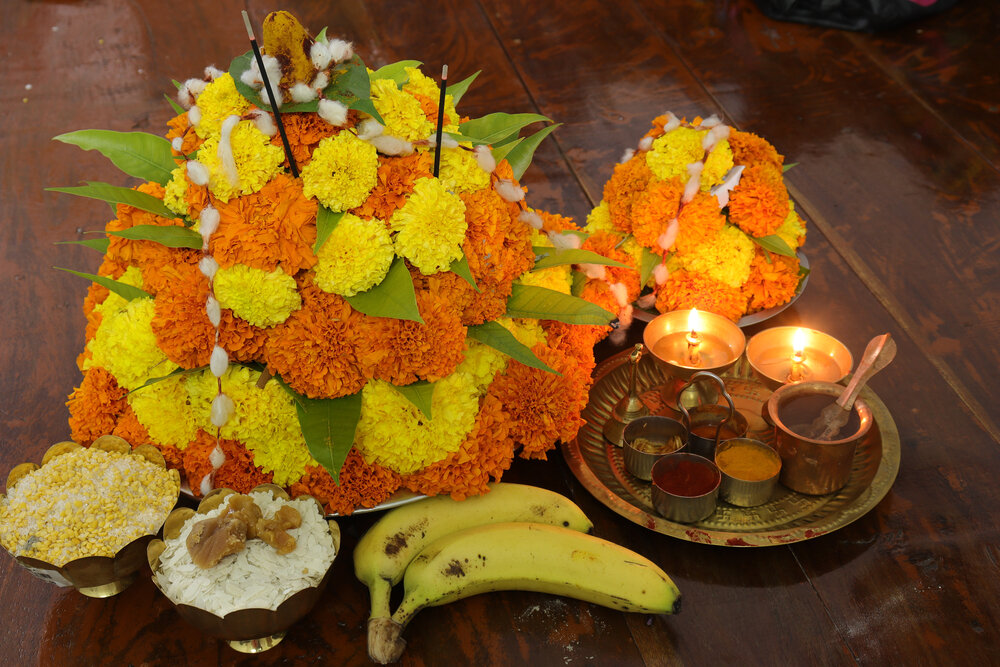

At dusk, women carry the arrangement on their heads and immerse it in a freshwater pond. The flower arrangement on the last day is the biggest and most elaborate. Women also make an idol of “Boddeamma” (Durga) from mud which is worshipped and subsequently immersed in water.
Delhi
Dussehra in Delhi is marked by a display of fireworks and the Ravana Dahan. Vijayadashami is observed as the day Lord Rama defeated Ravana and hence large effigies of Ravana, his son Meghnad, and brother Kumbhakarna are set ablaze, symbolizing the victory of good over evil. The celebrations take place at multiple venues across the city and hundreds gather for performances and recitations of the Ramlila, the mythical tale of Lord Rama and His exploits. This is followed by the burning of the effigies, after which the skies light up for the brilliant display of fireworks.
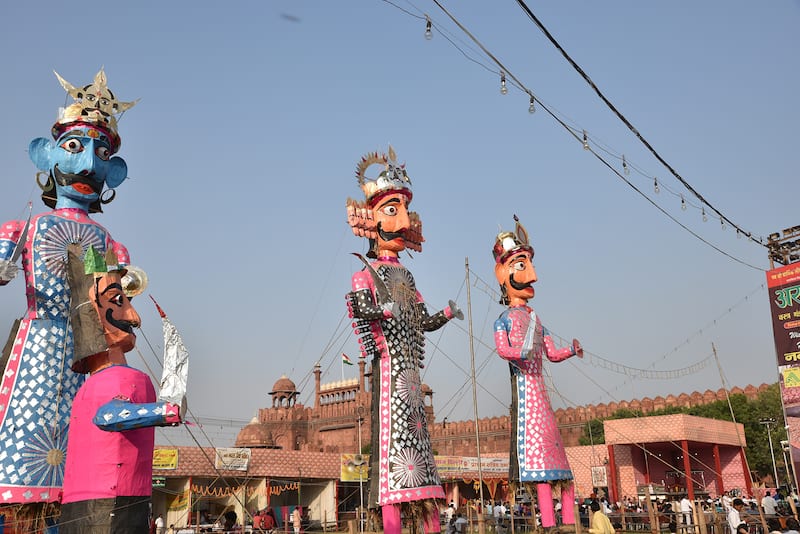
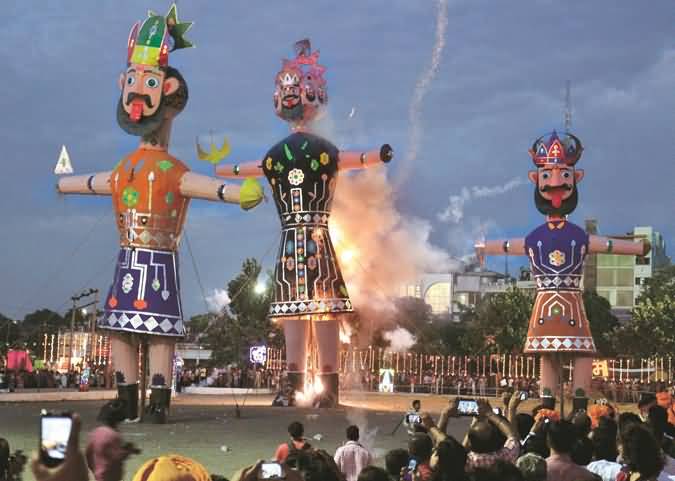
Kullu
Yet another special celebration of Dussehra is at Himachal’s Kullu Valley which takes place for seven days after Vijayadashami. The chariot procession or Rath Yatra of Lord Raghunath is the highlight. Other village deities and gods are also a part of the procession, making it a much-awaited celebration in the region that is attended by lakhs of devotees.

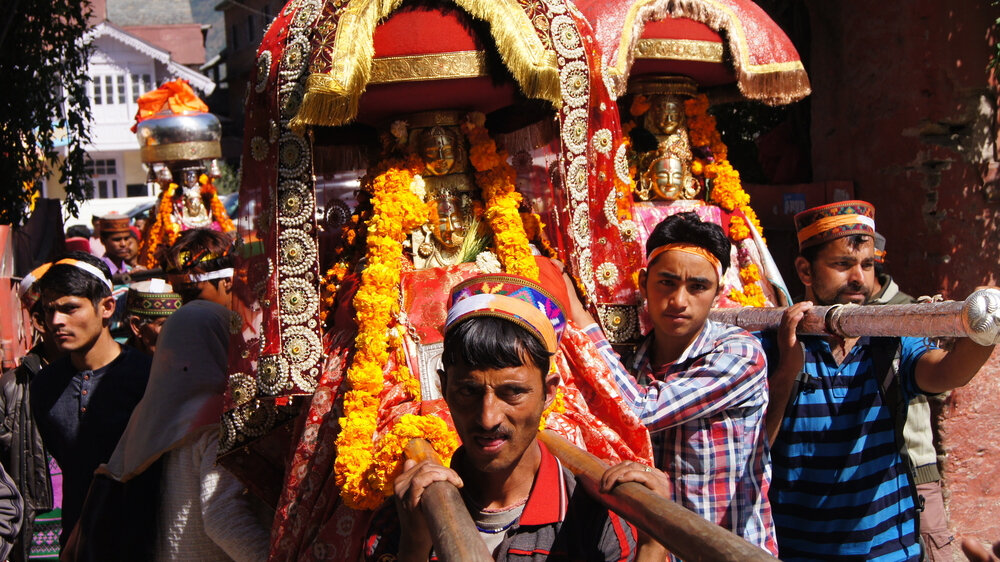
The history of the celebration dates to the 17th century when King Jagat Singh installed an idol of Raghunath as a mark of his penance. The epicentre of these festivities is the Dhalpur Maidan in Kullu which transforms into a riot of colours and marked by a host of cultural activities. On the last day, logs of wood are burnt to symbolise the burning of Lanka, home of Ravana.
Kolkata
Arguably the grandest of all Dasara celebrations is the one in the City of Joy aka Kolkata. Pandals with the idol of Goddess Durga, accompanied by Lord Ganesha, Lord Kartikeya, Goddess Saraswathi and Goddess Lakshmi dot the entire city. Crafted with innovative themes, the pandals are an epitome of creativity and wonderful craftsmanship.
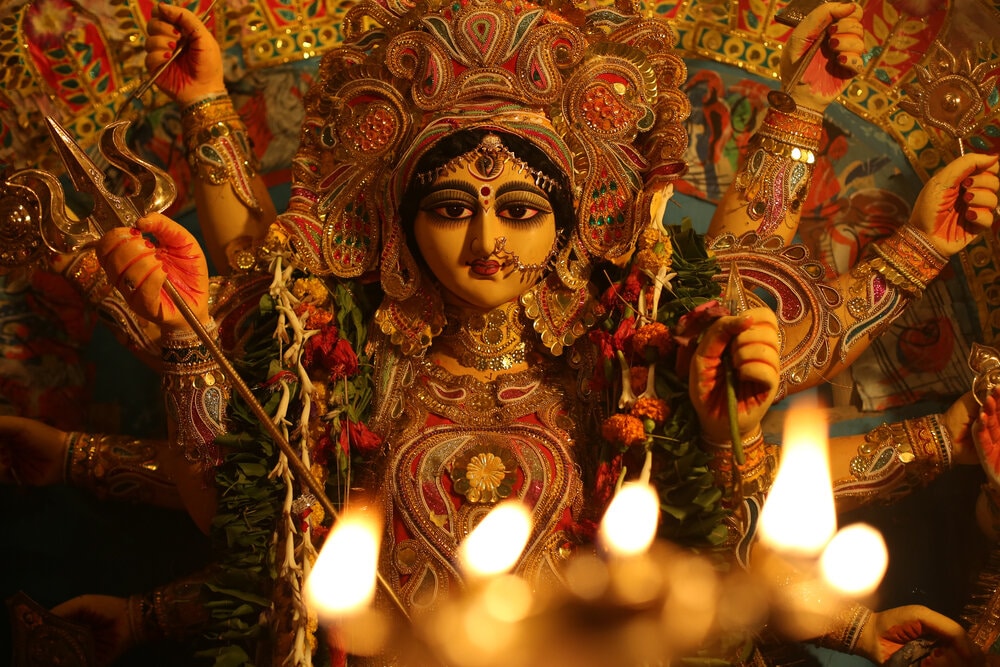
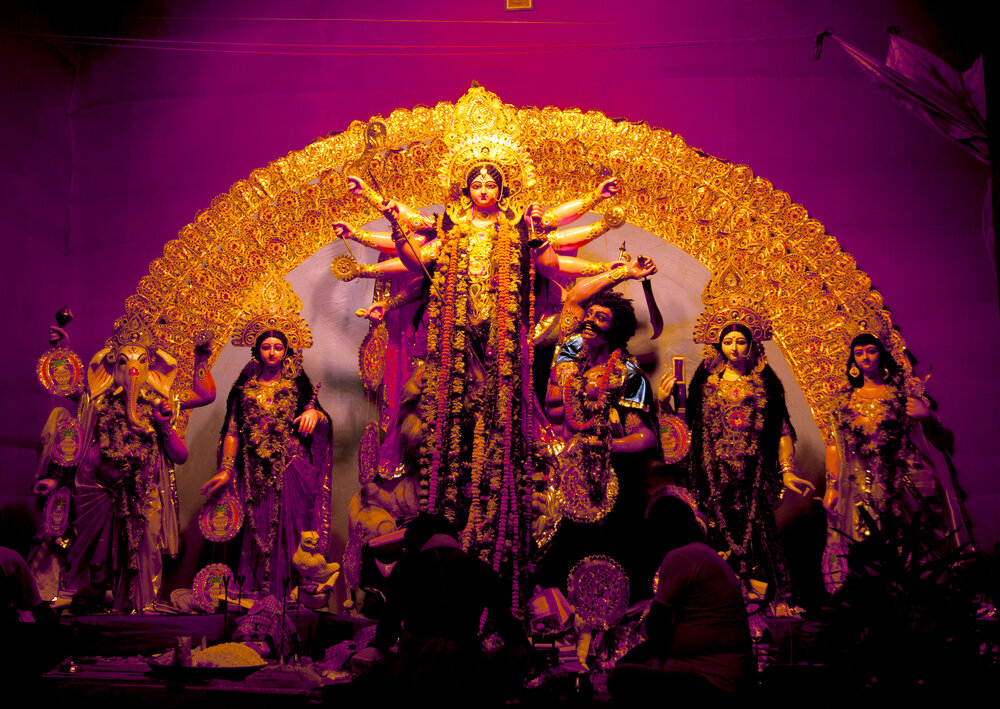
The celebrations commence with Mahalaya Amavasya and gain momentum from the sixth day, with people visiting the pandals along with family and friends. Sapthami or Saraswathi puja is grandiose and so are the next two days which involve homa, sacrifice, and bhog. It is on the tenth day that the festive fervour reaches a crescendo with women smearing sindoor on the sculptures as well as on each other. Goddess Durga is immersed after a procession, and she is believed to return to Her marital home in Kailash with Lord Shiva.

